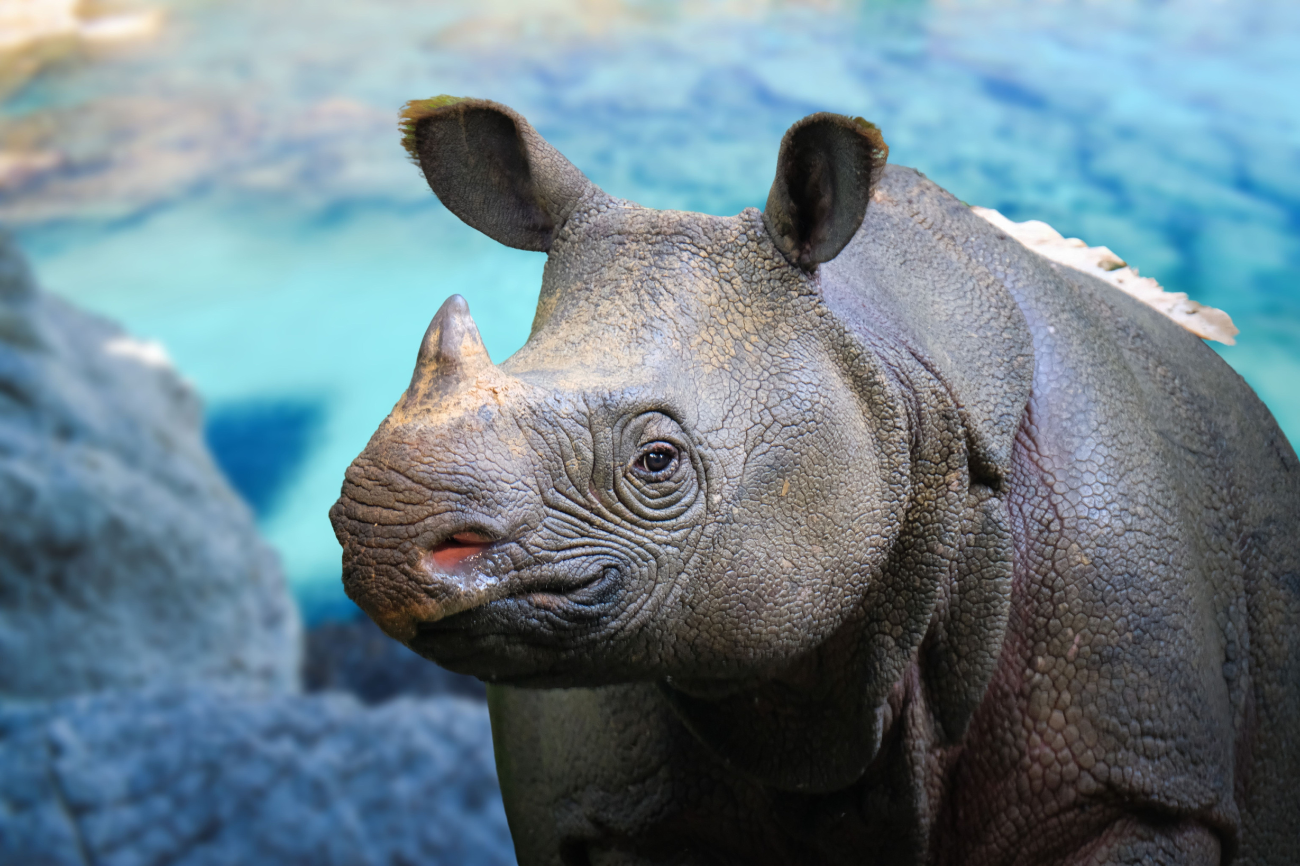Free Courses Sale ends Soon, Get It Now


Free Courses Sale ends Soon, Get It Now



Disclaimer: Copyright infringement not intended.
Context
Details
Taxonomy and Classification
Distribution
Physical Characteristics
Behavior and Habitat
Conservation Status
Conservation Efforts
Conclusion
The Javan rhinoceros is an iconic and critically endangered species facing numerous threats. Efforts to protect and conserve this remarkable creature are essential to ensure its survival and maintain biodiversity in its habitat.
MUST READ ARTICLES:
https://www.iasgyan.in/daily-current-affairs/rhino-48
|
PRACTICE QUESTION Q. Which of the following statements about the Javan rhinoceros (Rhinoceros sondaicus) is/are correct? 1. It is primarily found in Malaysia. 2. Javan rhinos have a single horn, which can grow up to about 10 inches in length. 3. Their preferred habitat includes the savannas of Africa. Select the correct option: A.1 only B.1 and 3 only C.1 and 2 only D.2 only Answer: D) |
© 2024 iasgyan. All right reserved